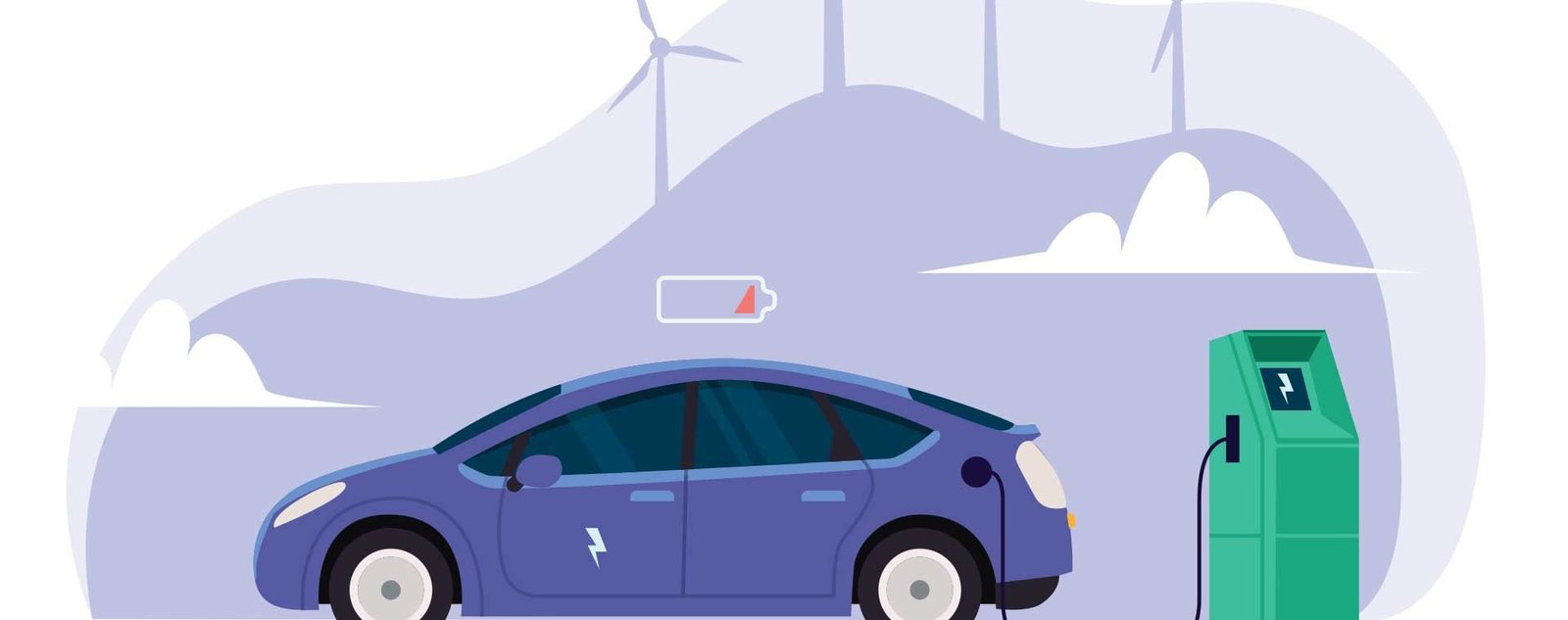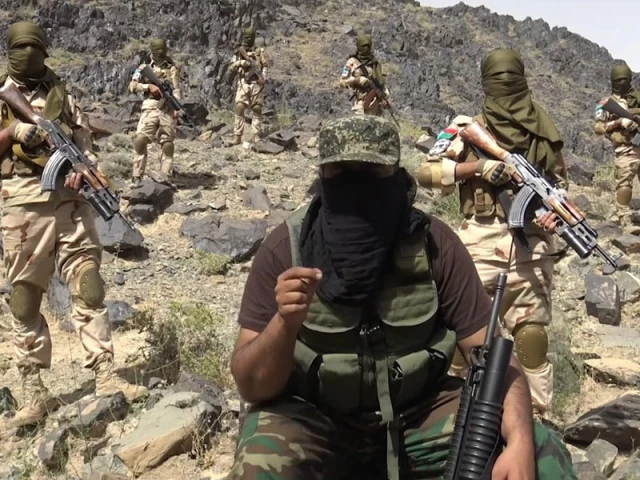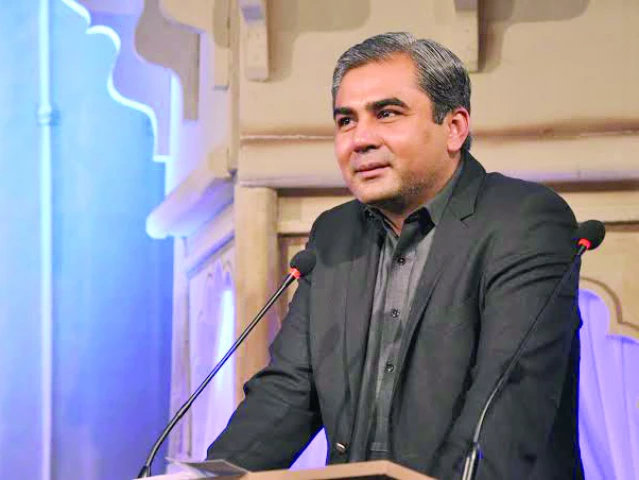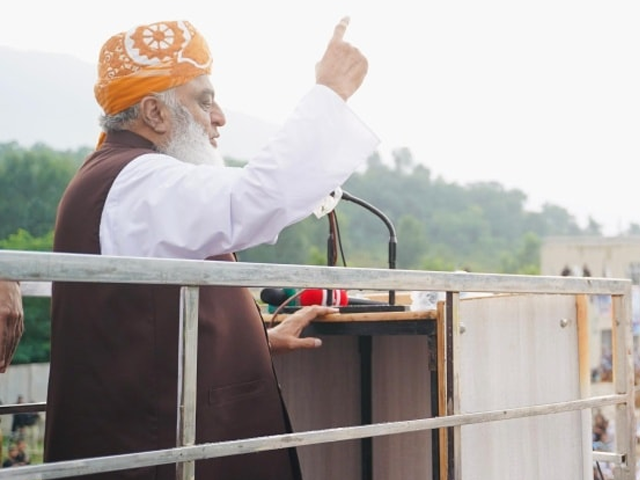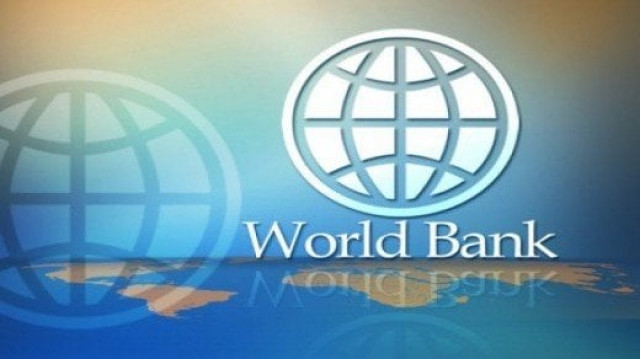PUBLISHED June 22, 2025
KARACHI:
In Pakistan, summers have become more than just a season; they’re a test of endurance. Take Jacobabad, for example, where temperatures have soared to 50 degrees Celsius. Public buses transform into slow-moving ovens, while rooftops sizzle like frying pans. The thick, stifling air in cities like Lahore and Karachi is hard to escape. Climate change isn’t a distant threat—it’s our present reality, and each summer carries the weight of undeniable evidence.
Transport is one of the first sectors witnessing a significant shift, and the electric vehicle (EV) movement is accelerating globally. We see it everywhere now: private cars, delivery bikes, even buses and e-rickshaws. The transition from petrol to electric isn’t merely an experiment anymore; it’s become a necessity.
While Pakistan may not be leading the charge, it’s certainly moving forward. The journey towards widespread EV adoption is gradual and often mired in bureaucratic hurdles, but strides are being made. From federal policies to small pilot projects, and even the rise of budget-friendly electric bikes, it’s clear the drive to reduce reliance on imported fuel is gaining momentum. And it’s no longer simply about cost; it’s increasingly a matter of survival.
Urban traffic is a significant contributor to air pollution, compounded by over 26 million two-wheelers and 4 million registered cars still predominantly run on petrol. For Pakistan to clean up its air, this transition must start at the foundational level of transportation.
However, the road ahead has its challenges: potholes in the form of policy gaps, inadequate charging stations, and affordability issues create a rocky landscape. Public sentiment remains cautious, with many unsure about this shift. For a country where motorcycles outnumber cars six to one, the pressing question is: where will this electrification journey begin?
Consider Karachi’s Saddar area, where a young delivery rider effortlessly navigates through bumper-to-bumper traffic on a sleek electric bike. The hum of his ride contrasts starkly with the diesel-laden air surrounding him. Nearby, a university student, one of the few women in her neighborhood who rides her own scooter, confidently zips past diesel minibuses in her white electric vehicle. And then there’s Bilal, a family man and office worker, who recently purchased a second-hand EV sedan. He dreams of a road trip to Islamabad but hesitates, grappling with the sparse availability of charging stations along the route.
These three individuals—each reflecting varied experiences—embody Pakistan’s electric present. They carry the promise, skepticism, and a sense of urgency for a nation gradually waking up to the need for change. But the critical question looms: can the country rally its infrastructure, policies, and technology to move beyond a niche market? To truly understand the landscape, we need to evaluate what’s currently working, where obstacles persist, and what lies ahead.
EV Snapshot of Pakistan
For a nation deeply entrenched in petrol and diesel, the concept of converting to electric vehicles feels unfamiliar to many. However, the shift is quietly underway. Currently, less than 0.2% of registered vehicles in Pakistan are electric, a statistic that highlights how far there is to go. Yet, it’s essential to acknowledge that the initial steps have been taken.
The focus is shifting toward two- and three-wheelers, which dominate the local market. Of the 57 EV manufacturing licenses granted, the lion’s share targets electric bikes and rickshaws. Last fiscal year alone saw nearly 33,000 EVs hit the roads, a modest figure compared to traditional vehicles but a critical early wave.
The challenge, however, lies in the lack of infrastructure. With over 220 million people, Pakistan boasts only a handful of public EV charging stations, mostly concentrated in Karachi, Lahore, and Islamabad. In late 2024, the number barely climbed above a dozen.
Yet, there’s hope. Companies like BYD and Hubco Green aim to install 128 fast chargers by the end of 2025, and the government has plans to expand this to 3,000 in coming years, strategically located along motorways for intercity travel.
Policy changes are also encouraging. The updated National Electric Vehicle Policy (2025–2030) sets an ambitious goal of shifting 30% of new vehicle sales to electric by the end of the decade, supported by financial incentives, including subsidies for over 100,000 electric bikes and thousands of e-rickshaws, particularly targeting women riders.
The urgency is backed by statistics. Road transport is responsible for nearly half of urban air pollution, contributing significantly to public health crises. Coupled with the heavy reliance on petroleum, the need for electric alternatives becomes glaringly evident.
Nevertheless, skepticism lingers among average consumers. While curiosity exists, hesitation reigns. Lack of charging availability, resale value, and upfront costs remain significant barriers. Currently, the EV landscape is a mixture of eager early adopters and cautious observers.
Ultimately, the question remains: where will this momentum kick off? Is it the college student on a budget-friendly electric bike? The fleet manager looking to upgrade rickshaws? Or does it lie with urban families purchasing EVs as secondary vehicles?
Four-Wheelers: Big Leap with Big Barriers
For many middle and upper-income Pakistanis, the notion of owning an electric car is laden with uncertainty. The benefits are clear: no fuel queues, lower running costs, and a greener footprint. But making this promise a reality is intricate.
Todays’ four-wheeler EVs mainly attract early adopters who can shoulder the higher upfront costs and have backup vehicles if needed. Danish Khaliq, VP of Sales and Strategy at BYD/Mega Motor, confirms this trend, stating, “Our users can charge at home and are excited about the global brand presence. They want to experiment.” Despite this enthusiasm, charging infrastructure remains a looming concern.
To tackle the timing issue, BYD is deliberately focusing on strategic partnerships to ensure the availability of fast chargers across critical areas. However, Danish emphasizes that technology alone won’t solve everything. “The tax structure needs a rethink. Tax rates are skewing the market,” he explains, pointing to the need for range options that consumers desire but struggle to afford.
While some ride-hailing companies see economic benefits from switching to electric, most four-wheeler EVs in Pakistan remain at the crossroads of ambition and reality.
Two and Three-Wheelers
If we want to gauge the future of electric vehicles in Pakistan, we should turn our eyes to the busy streets where bikes and rickshaws dominate the scene. This segment is crucial for meaningful change.
With over 26 million motorcycles buzzing along the roads and millions of three-wheelers in the mix, this demographic is vital for urban mobility. Shah Talha Sohail, co-founder of Mode Mobility, has witnessed this evolution firsthand. “People are no longer hesitant to consider EVs; they’re actively seeking options,” he states, marking a significant shift in consumer sentiment.
However, the market is flooded with opportunists, making it crucial to develop reliable solutions. Companies like ezBike are addressing affordability by converting existing petrol bikes into electric models, cutting costs significantly.
Cracks in the Ecosystem
Despite this budding momentum, Pakistan’s EV ecosystem is a work in progress. Concerns linger around charging infrastructure, grid stability, and the readiness of the market for an influx of electric vehicles.
The average consumer remains hesitant, particularly regarding public charging options. “You can’t just randomly place chargers everywhere,” Danish explains, emphasizing the need for strategic locations, such as malls and transit hubs, to maximize utility.
Regulatory oversight also requires enhancement, especially regarding the import of used electric vehicles. “In other markets, stringent emission testing accompanies used vehicle imports, but that structure is absent here,” he warns. Without proper regulation, the intended benefits could backfire.
The Next Two Years
In summary, while excitement surrounds the future of EVs in Pakistan, the journey is just beginning. The next 18 to 24 months could either solidify this shift or expose existing gaps in policy and public trust. Industry insiders agree: this is a pivotal moment.
Miral from Yango envisions a holistic ecosystem. “It’s a classic chicken-and-egg scenario,” she notes, stressing that synchronized growth is essential for success. She predicts that by 2026, 20–25% of their fleet will shift to electric, including two and three-wheelers, reflecting the pressing need to address affordability and pollution.
Sohail believes Pakistan is inching closer to an EV tipping point with growing consumer interest. “We’re at a crossroads, balancing education with engineering to create EVs that can withstand local conditions.” As challenges persist, the goal remains clear: developing viable solutions for everyday commuters.
While ambition exists, the translation of this vision into reality hinges on clearer policies, accessible financing, smarter infrastructure, and trustworthy products. Only then can Pakistan fully embrace its electric future.

